José Ramirez
Showing all 21 results
-
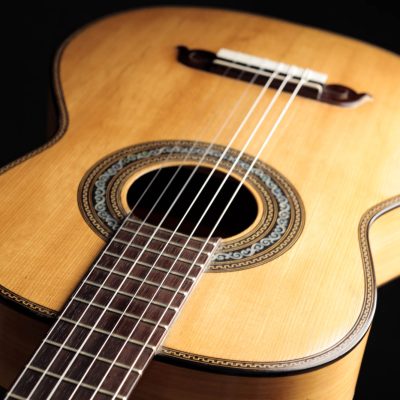
José Ramirez I – ca. 1895
11,795 $
plus shippingAdditional costs (e.g. for customs or taxes) may occur when shipping to non-EU countries. Delivery times are to be considered as approximate, may vary depending on the country of destination and delays may occur due to unforeseeable events. Add to cart -

José Ramirez – 1988 1A 65cm
Price on request
plus shippingAdditional costs (e.g. for customs or taxes) may occur when shipping to non-EU countries. Delivery times are to be considered as approximate, may vary depending on the country of destination and delays may occur due to unforeseeable events. Read more -
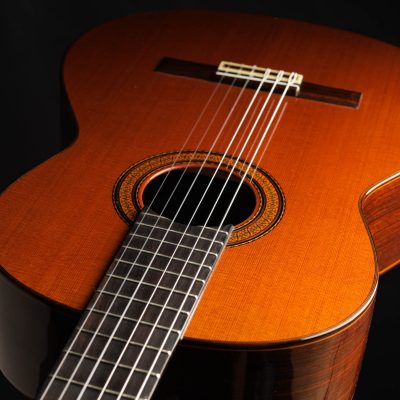
José Ramirez – 1983 1a No. 17518
Price on request
plus shippingAdditional costs (e.g. for customs or taxes) may occur when shipping to non-EU countries. Delivery times are to be considered as approximate, may vary depending on the country of destination and delays may occur due to unforeseeable events. Read more -
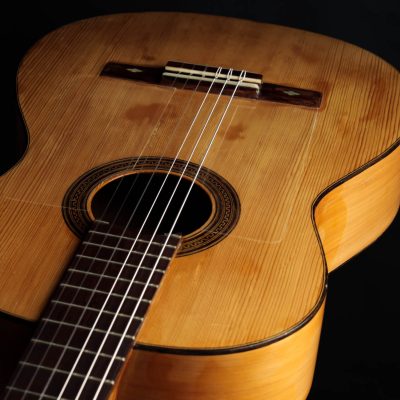
Jose Ramirez II – 1941 ON HOLD
Price on request
plus shippingAdditional costs (e.g. for customs or taxes) may occur when shipping to non-EU countries. Delivery times are to be considered as approximate, may vary depending on the country of destination and delays may occur due to unforeseeable events. Read more -

José Ramirez – 2014 1a „Tradicional“
Price on request
plus shippingAdditional costs (e.g. for customs or taxes) may occur when shipping to non-EU countries. Delivery times are to be considered as approximate, may vary depending on the country of destination and delays may occur due to unforeseeable events. Read more -
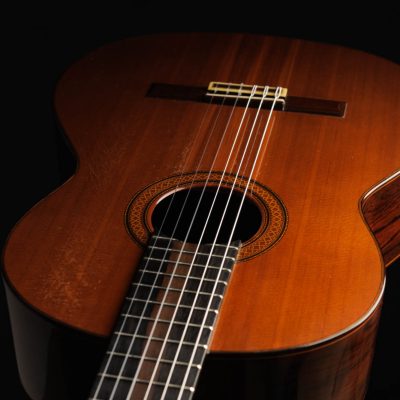
José Ramirez III – 1967 1A “MT”
Price on request
plus shippingAdditional costs (e.g. for customs or taxes) may occur when shipping to non-EU countries. Delivery times are to be considered as approximate, may vary depending on the country of destination and delays may occur due to unforeseeable events. Read more -

José Ramirez III – 1968 1A
Price on request
plus shippingAdditional costs (e.g. for customs or taxes) may occur when shipping to non-EU countries. Delivery times are to be considered as approximate, may vary depending on the country of destination and delays may occur due to unforeseeable events. Read more -

José Ramirez – 2004 1A
Price on request
plus shippingAdditional costs (e.g. for customs or taxes) may occur when shipping to non-EU countries. Delivery times are to be considered as approximate, may vary depending on the country of destination and delays may occur due to unforeseeable events. Read more -

José Ramirez – 1973 1A
Price on request
plus shippingAdditional costs (e.g. for customs or taxes) may occur when shipping to non-EU countries. Delivery times are to be considered as approximate, may vary depending on the country of destination and delays may occur due to unforeseeable events. Read more -

José Ramirez – 2008 Flamenco 1a
Price on request
plus shippingAdditional costs (e.g. for customs or taxes) may occur when shipping to non-EU countries. Delivery times are to be considered as approximate, may vary depending on the country of destination and delays may occur due to unforeseeable events. Read more -
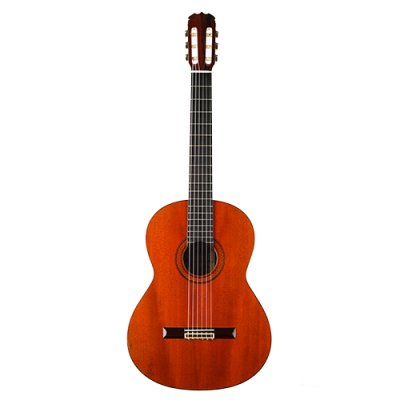
José Ramirez – 1976 1A
Price on request
plus shippingAdditional costs (e.g. for customs or taxes) may occur when shipping to non-EU countries. Delivery times are to be considered as approximate, may vary depending on the country of destination and delays may occur due to unforeseeable events. Read more -
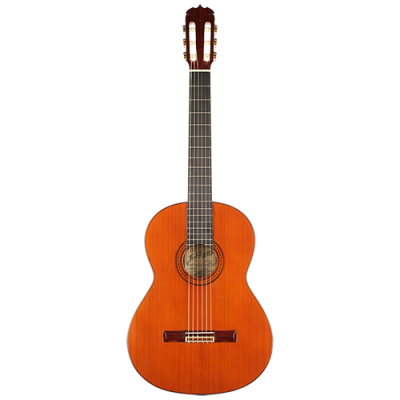
José Ramirez – 1969 1A
Price on request
plus shippingAdditional costs (e.g. for customs or taxes) may occur when shipping to non-EU countries. Delivery times are to be considered as approximate, may vary depending on the country of destination and delays may occur due to unforeseeable events. Read more -

José Ramirez – 1970 1A Flamenca
Price on request
plus shippingAdditional costs (e.g. for customs or taxes) may occur when shipping to non-EU countries. Delivery times are to be considered as approximate, may vary depending on the country of destination and delays may occur due to unforeseeable events. Read more -
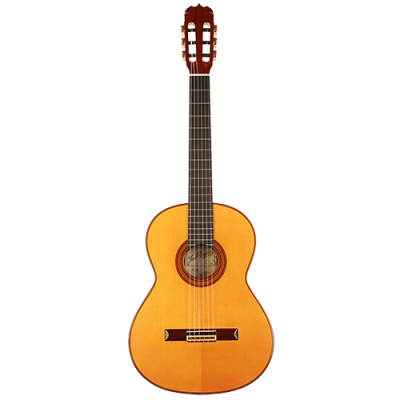
José Ramirez – 1a 2011
Price on request
Includes 0% VATplus shippingAdditional costs (e.g. for customs or taxes) may occur when shipping to non-EU countries. Delivery times are to be considered as approximate, may vary depending on the country of destination and delays may occur due to unforeseeable events. Read more -
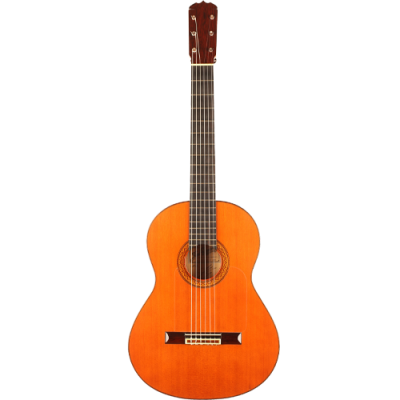
José Ramirez – 1a 1975
Price on request
plus shippingAdditional costs (e.g. for customs or taxes) may occur when shipping to non-EU countries. Delivery times are to be considered as approximate, may vary depending on the country of destination and delays may occur due to unforeseeable events. Read more -
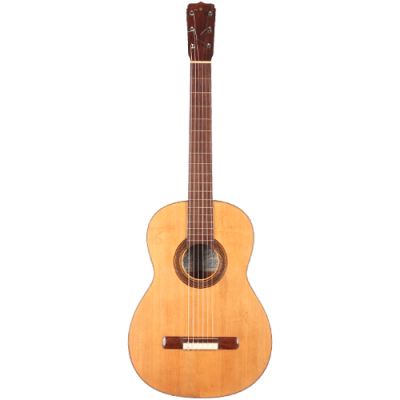
Jose Ramirez II – 1935
Price on request
plus shippingAdditional costs (e.g. for customs or taxes) may occur when shipping to non-EU countries. Delivery times are to be considered as approximate, may vary depending on the country of destination and delays may occur due to unforeseeable events. Read more -

José Ramirez III – 1979 1a
Price on request
plus shippingAdditional costs (e.g. for customs or taxes) may occur when shipping to non-EU countries. Delivery times are to be considered as approximate, may vary depending on the country of destination and delays may occur due to unforeseeable events. Read more -

José Ramirez Flamenco 1A – 2008
Price on request
plus shippingAdditional costs (e.g. for customs or taxes) may occur when shipping to non-EU countries. Delivery times are to be considered as approximate, may vary depending on the country of destination and delays may occur due to unforeseeable events. Read more -
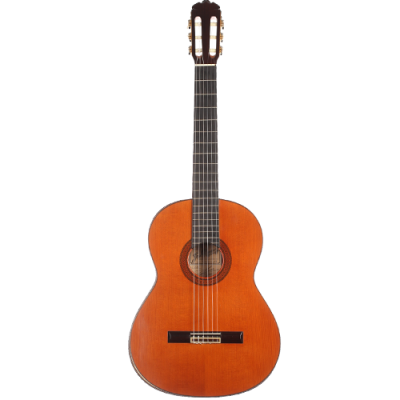
José Ramirez – 1971
Price on request
plus shippingAdditional costs (e.g. for customs or taxes) may occur when shipping to non-EU countries. Delivery times are to be considered as approximate, may vary depending on the country of destination and delays may occur due to unforeseeable events. Read more -

Ramirez – 1969 M.M.
Price on request
plus shippingAdditional costs (e.g. for customs or taxes) may occur when shipping to non-EU countries. Delivery times are to be considered as approximate, may vary depending on the country of destination and delays may occur due to unforeseeable events. Read more -
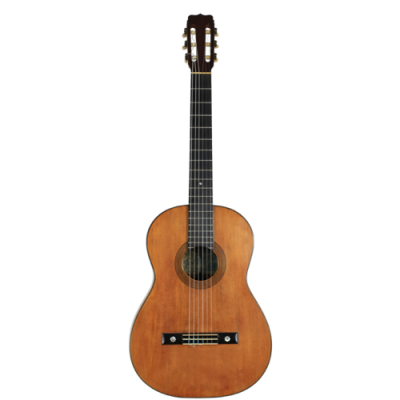
Jose Ramirez II – 1943
Price on request
plus shippingAdditional costs (e.g. for customs or taxes) may occur when shipping to non-EU countries. Delivery times are to be considered as approximate, may vary depending on the country of destination and delays may occur due to unforeseeable events. Read more
The Ramírez Family – A Lifelong Dedication to Classical and Flamenco Guitar
It All Began with Manuel Ramírez (1864 – 1916)
In the year 1864, Manuel Ramírez de Galarreta y Planell was born in Alhama de Aragón. Despite the family’s primary residence being in Madrid, the father’s profession led them to live there for a while. Manuel learned the craft of guitar making from his older brother, José Ramírez I. At the age of 27, around 1891, he decided to venture out on his own. His initial plan was to establish himself in Paris, and when he told José about it, his brother assisted him in making that happen. However, for reasons unknown, Manuel changed his plans and eventually settled on Calle Cava Baja 24 in Madrid. This led to a rift between the brothers that remained unresolved during their lifetimes. After spending some time on Calle de la Cava Baja, Manuel moved his workshop to Plaza de Santa Ana No. 5 and later to Calle Arlabán No. 10, where he permanently set up shop. In a short span of time, he gained significant recognition not only as a guitar maker but also as a manufacturer of violins and other stringed instruments. He became the violin maker for the Royal Conservatory of Madrid. He also continued the school his brother had started. The guitar makers he trained, upon becoming independent, became some of the finest craftsmen of their time. These students included Santos Hernández, Domingo Esteso, and Modesto Borreguero.
Considering the success of the “Guitarra de Tablao” designed by his brother José, Manuel continued building these guitars, gradually developing his own template until he achieved a flamenco instrument that serves as a model for this type of guitar to this day and is still used by his students. Around 1912, one of the most well-known anecdotes took place. A somewhat eccentric-looking guitarist entered the workshop on Arlabán Street with the intention of renting a classical guitar. Manuel found the proposal amusing and decided to play along out of curiosity. He lent the guitarist a guitar to try while continuing his conversation with José del Hierro, a violin teacher at the Madrid Conservatory. Both were so taken by the young guitarist’s playing that the teacher attempted to persuade him to give up the guitar and switch to the violin – to no avail. Having overheard the conversation, Manuel decided to give him the guitar as a gift, on the condition that he would take it on a world tour, knowing that the instrument would develop beautifully in his hands. This guitar is the one displayed at the Metropolitan Museum in New York, bearing Manuel’s label, as well as a repair label added later by Santos Hernández.
José Ramírez II (1885 – 1957)
José Simón Ramírez de Galarreta y Pernías was born in 1885. He grew up in his father’s workshop and learned the trade from him. He was not just a guitar maker; he was also a guitarist and was hired at the age of 20 for a two-year tour of South America.
Convincing his father to allow him to take up the contract was a challenge, but he succeeded, as two years didn’t seem too long. However, the tour got extended, turning two years into almost 20, because when the touring company he was with disbanded, he chose to stay in Buenos Aires. There, he met a Spaniard named Blanca, who would later become his wife. They had two children: José and Alfredo.
In 1923, he received news of his father’s death and decided to return to Madrid with his family. Two years later, he took over the guitar business at Calle Concepción Jerónima No. 2. During this time, the shop, located on the ground floor, was run by Jesús Martínez, while the workshop on the upper floor was active, with employees such as Alfonso Benito and Antonio Gómez, apprentices like Marcelo Barbero, and Manuel Rodríguez (known as “Marequi”) as a lacquerer.
José Ramírez II was also a recognized master, receiving the Gold Medal at the 1923 Ibero-American Exhibition in Seville. Unfortunately, 1936, in addition to the many problems caused by the Spanish Civil War, brought difficulty in obtaining materials and wood for guitar construction (a situation that persisted long after the war). This scarcity was the main source of disagreement with his son José Ramírez III, who had attained the rank of officer and had begun his own experiments.
José Ramírez III (1922 – 1995)
José Ramírez Martínez, born in May 1922, began working in his father’s workshop at the age of 18. Though not granted any special privileges, he was soon promoted to First Officer and began experimenting to further develop the guitar as a concert instrument.
Due to material shortages, his research was not economically viable and sparked several disagreements with his father. José Ramírez II sold his experiments without being able to continue his work as he wished. In 1954, his brother Alfredo, who handled administrative tasks and was also his strongest ally, passed away. He believed that José would achieve his research goals through his work.
His extensive investigations bore interesting fruit, such as the discovery of red cedar for the soundboard in 1965, later adopted by practically all guitar makers worldwide (although initially criticized for straying from tradition). He also experimented with various varnishes; lacking a more durable and richer varnish that protected the wood and favored the instrument’s sound, as guitars were still being varnished with shellac at the time. Eventually, he convinced a sympathetic laboratory owner to create a urea-formaldehyde-based varnish that yielded excellent results.
He conducted several trials with string length and concluded that the best result in terms of sound projection without being too uncomfortable was 664 mm. However, demand for a shorter string length prompted him to design a guitar with a 650 mm string length. This model was named C86, reflecting its creation in 1986. Later, his son José Enrique modified the design, retained the 650 mm string length, and changed the model’s name.
In 1983, he designed the chamber guitar with the aim of eliminating “wolf tones.” There were some positive results: greater clarity and cleanliness in the sound, making this guitar suitable for studio recordings. Among his experiments and studies, it’s important to mention the 10-string guitar he designed in the early 1960s. Initially, he experimented based on the “Viola d’amore,” but not achieving



 COPY
COPY COPIED
COPIED
